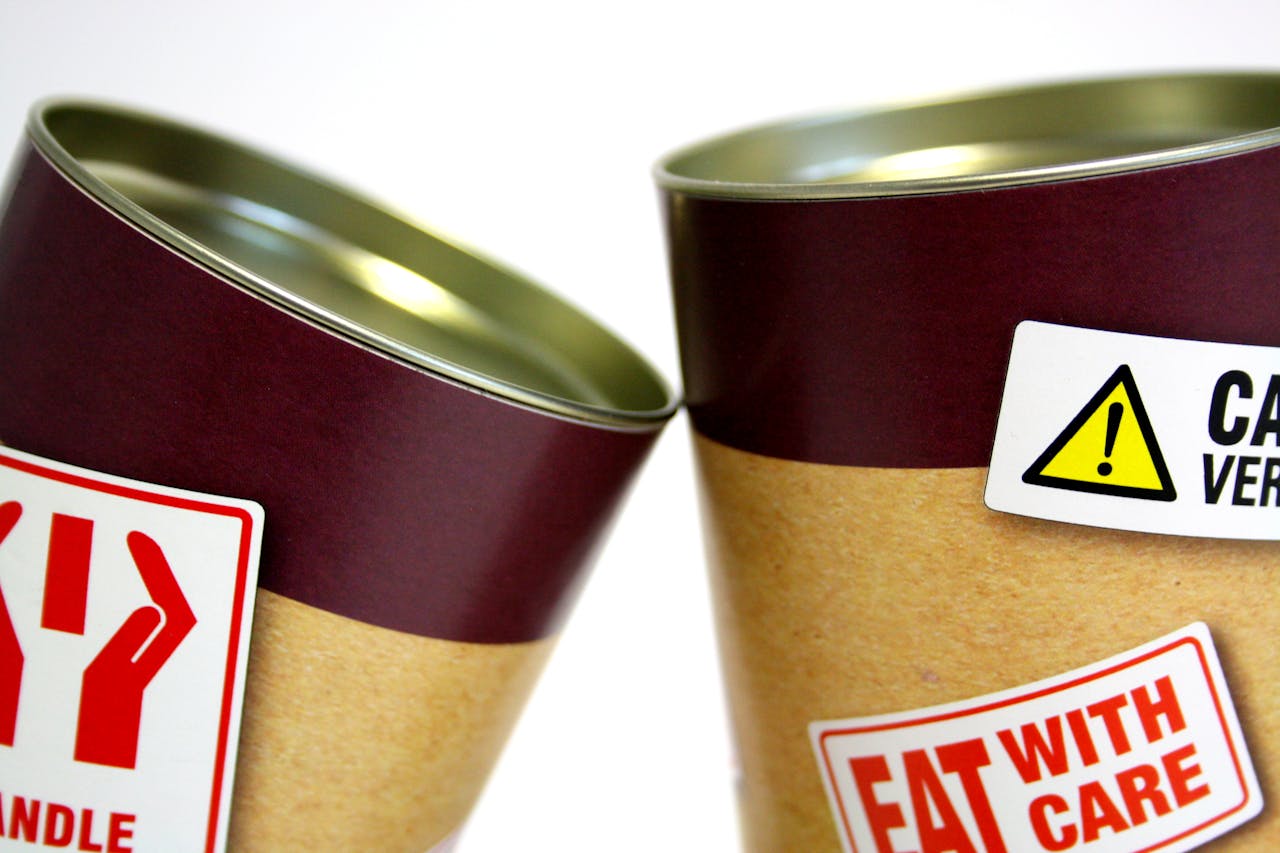
Behind the Label: The Truth About “Reduced Sugar” Claims
In today’s health-conscious world, many consumers are drawn to food labels that promise to deliver on various health benefits. Phrases like “low sugar,” “low carb,” or “low fat” are often prominently displayed on packaging, and they tend to grab attention immediately. After all, who wouldn’t want to make healthier choices? However, these claims can sometimes be deceptive, serving more as a marketing strategy than a genuine indicator of health benefits.
The Deception Behind Marketing Claims
Food manufacturers are well aware that first impressions matter. The labels on the front of packages are designed to catch your eye, and they are often used to make a product appear more appealing by highlighting certain “health” claims. These claims, such as “reduced sugar,” might suggest that the product is a healthy option. However, the truth often lies in the details—specifically, in the fine print of the nutrition label on the back.
While it is true that these products may contain less sugar than their original counterparts, this doesn’t necessarily translate into fewer calories or better overall nutrition. It is essential to understand that “reduced sugar” doesn’t necessarily mean “low sugar,” and even certainly doesn’t make it a healthier option. For example, consider a popular brand of soy milk that advertises a “reduced sugar” version. On the surface, this seems like a healthier choice. Yet when you examine the nutrition label, you might discover that the total carbohydrate content has actually increased, possibly due to the addition of fibre or other ingredients. Even after subtracting the fibre content, the remaining carbohydrate content can still be higher than that of the original version. The end result is a product that may not be as beneficial as it seems, especially if you’re trying to manage your blood glucose levels.
Carbohydrates play a significant role in blood glucose regulation. When you consume carbohydrates, your body breaks them down into glucose, which enters the bloodstream and raises your blood sugar levels. For people trying to manage their blood glucose – especially those with conditions like diabetes – keeping carbohydrate intake in check is crucial. The higher the carbohydrate content in a product, the more it can potentially spike blood glucose levels. Even if a product is marketed as being “healthier,” its carbohydrate content can still lead to unintended blood sugar fluctuations, which may hinder overall glucose management efforts.
Another tactic used by food manufacturers involves the clever use of language. Words like “light” or “lite” can be particularly misleading. These terms often suggest that a product is lower in calories, but this is not always the case. In some instances, “light” may refer to the taste or colour of the product rather than its calorie content. Similarly, phrases like “Hi” might give the impression that the product is high in something beneficial, like fibre or protein, when in reality, it could be just a playful or ambiguous marketing ploy.

Photo by Engin Akyurt
It is also worth noting that certain products are specifically targeted at consumers following trendy or fad diets. Take, for instance, a low-carb, high-fat ice cream; while it may be marketed as a better choice for those avoiding carbohydrates, it is essential to recognise that the product may have simply replaced the carbs with fat. This substitution does not automatically make the product healthier; in fact, it could result in a higher calorie count than the original version.
The Importance of Reading the Fine Print
Ultimately, consumers seek out these “healthier” products with the intention of making better choices for themselves. However, without taking the time to thoroughly examine the nutrition label, you may end up with a product that does not align with your health goals. For example, if you are choosing a reduced sugar product to aid in weight loss, but it has more calories than the original version, you could be inadvertently sabotaging your efforts.
The key takeaway here is to always look beyond the flashy claims on the front of the packaging. The back of the label provides a more comprehensive picture of the product’s nutritional profile, including the total calorie count, carbohydrate content, and other key nutrients. By evaluating these details, you can make more informed decisions that truly align with your dietary needs and health objectives.
While the allure of “reduced sugar” and similar claims can be strong, it is crucial not to be taken in by these labels without doing your due diligence. The front of the package is designed to sell, not to inform. To make the best choices for your health, take the time to read and understand the nutrition label on the back. Remember, a “reduced sugar” product does not automatically mean it is low in sugar, low in calories, or a healthier option overall. By being aware of these marketing tactics and looking behind the label, you can make more informed decisions and choose products that truly meet your nutritional needs.
Photo by Mat Brown
DISCLAIMER
All information presented herein serves as a general guideline, and is not intended as dispensing any medical advice(s). User(s) should consult their doctor to seek further clarification for any doubt. It is recommended to refer to this guide with sole discretion, thereby we shall not be held responsible for any part of the information as presented.
REimagined Healthcare with BUZUD Care Experience at:
585 North Bridge Road, #01-02 Raffles Hospital, Singapore 188770
Call: +65 6518 9959 or Email: customercare@BUZUD.com
No Comments
Leave a Reply
You must be logged in to post a comment.
